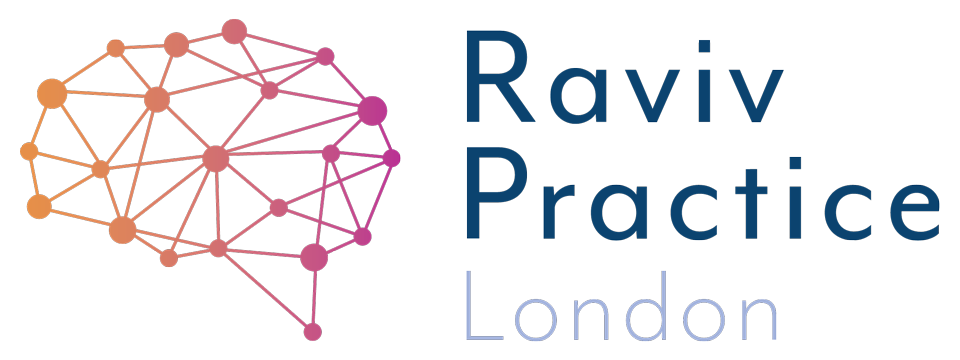The Social Engagement System.
Social Distancing verses Social Engagement
The Still Face Experiment
I have just returned from a little walk in our village. As I passed The Crown, our village pub, two people standing talking outside waved at me. I looked behind me to see if the wave was meant for someone else… but no, it was me they were waving to. I waved back, slightly embarrassed.
Our little pub, listed in the Doomsday Book, is a meeting point for many. Today is Tuesday, and the pub holds The Memory Cafe day for senior citizens, but unfortunately, it has been cancelled due to new government guidelines, Coronavirus COVID-19 regarding social distancing. These are hard times; the old folk need to be indoors, so they are safe. Safe from the COVID-19. But for me, that is an oxymoron as “safe” means having social engagement. Never before has the work of Dr Stephen Porges and the Polyvagal Theory been so relevant to society.
“The feeling we are connected to others makes us feel safe in ourselves.”
What is social engagement?
The feeling we are connected to others makes us feel safe in ourselves. Our genetics are coded to engage with others, be part of a group, a tribe or community. As humans, we cannot run away, at speed, from predators; instead, seek safety in a group, this is our strength. So what happens when we do not connect with others. An interesting experiment done in the 70s by Dr Edward Tronick on babies is a fascinating study. The study shows how young infants are subjected to their mother face ‘still’ and emotionless for a few minutes. The distress this short amount of neglect shows on the babies face clearly. This ‘Still Face Experiment’ was carried out on seventy children aged between twenty-four and thirty months of age.
The ability to feel a connection with others is so essential for us humans, vital for our survival as a species. So, this, important business of quarantining people is so complicated an idea. The seniors deprived of their Memory Cafe for weeks on end will neurologically deplete them of dopamine and reduce their motivation, movement and can make them depressed; tough times but no different a reaction than ‘The still Face experiment.’
What about those who are not neurotypical?
ASD, When isolation is the norm
I am referring to those on the Autistic Spectrum of Disorders, ASD. Those with poor communication channels to neither receive language or have the ability to express language with coherence. Their isolation is not temporary; it is a layer that we cannot penetrate with ease. So many parents are struggling to meet the needs of their ASD child. I believe one solution that is having a considerable impact is “The Safe and Sound Protocol,” by Dr Stephen Porges. Its unique way of allowing the individual to reconnect within themselves to understand their inner world differently makes way for more social engagement at any level. To connect with others in place from what appears to be defensive or reactionary behaviour to that of inclusion is a huge leap.
How do children with ASD feel challenged?
The only way to describe what happens is experiential. Let’s say something makes you feel icky, for example, the texture of a particular food, or rustling sound of crisp packets. Your physical reaction to those sensory experiences is to feel uncomfortable. Now amplify that feeling of sensory overload by one hundred. Any individual on the spectrum would feel anxious because often they can not focus their attention on things to filter out sensory experiences. Visual, auditory, tactile and olfactory senses overwhelm them to the point of constant anxiety. Even those who are high functioning autism experience the world differently to neurotypical individuals. The level of stress is high, much higher than those not on the Autistic Spectrum of Disorders.
How does Dr Stephen Porges’ Safe and Sound Protocol help?
It is sensory stimulation by auditory means aimed at reducing anxiety and stress. The listening program helps the nervous system re-calibrate the information coming into the body. This reconfiguration is at first disorientating. After a while, the level of anxiety reduces within the body, in turn, the filtering of external information is more discriminating. That person can make more sense of things as never before. As one sensory-input settle others seem to come in line too.
Social engagement system for those on the spectrum.
The memory cafe
Northolt Village
Breaking through that external layer to enable a child to attune to their caregiver is a groundbreaking therapy solution. So too their response to the end of this current isolation would be no different to the seniors in our little village. Met, with relief and happiness to connect with others and feel the joy of that connection.
Dyslexia? Dyspraxia? ADHD? ASD? Speech & Language? Developmental Delay? Anxiety?
Is every school day a struggle? As a parent, you may feel exhausted and on this journey alone. Each year you see the gap getting wider. You need to do something - change the approach, help your child learn for themselves, find a way to turn this around - to help while you can - do this NOW. the first step is free.
About the Author
Usha Patel is a Neurocognitive Therapist and Director at Raviv Practice London. Parents searching to help their suspected/neurodiverse child can get evidence-based solutions with results in as little as 8 weeks. Those in search of jargon-free help can get started straight away.



